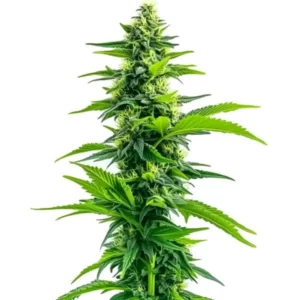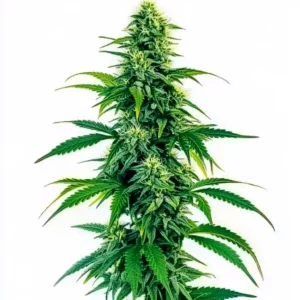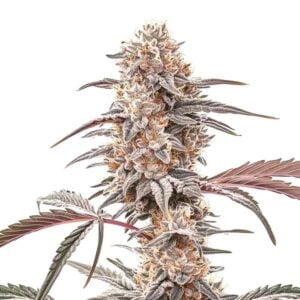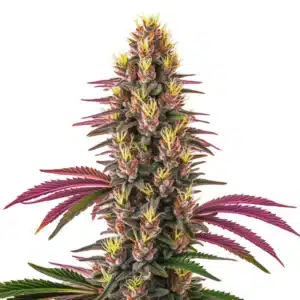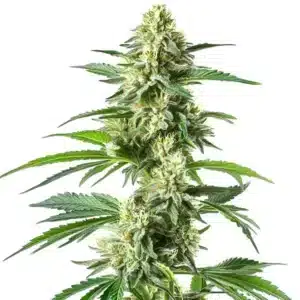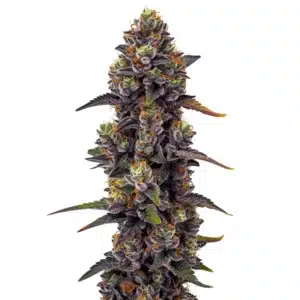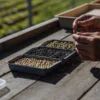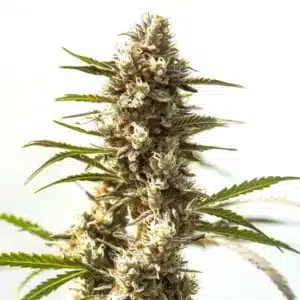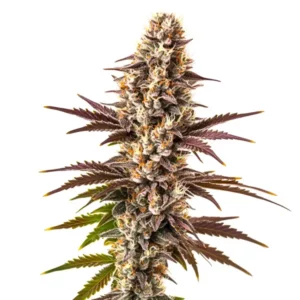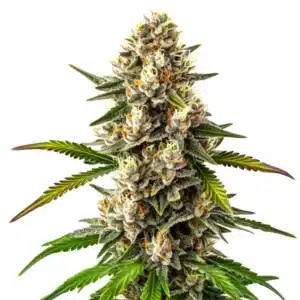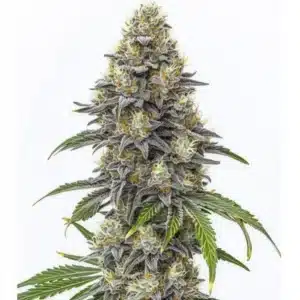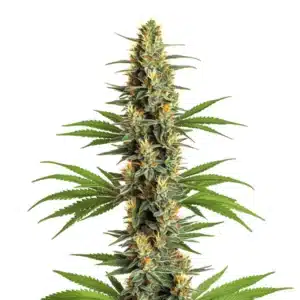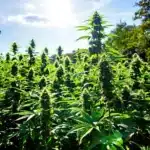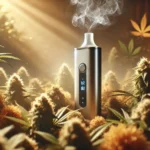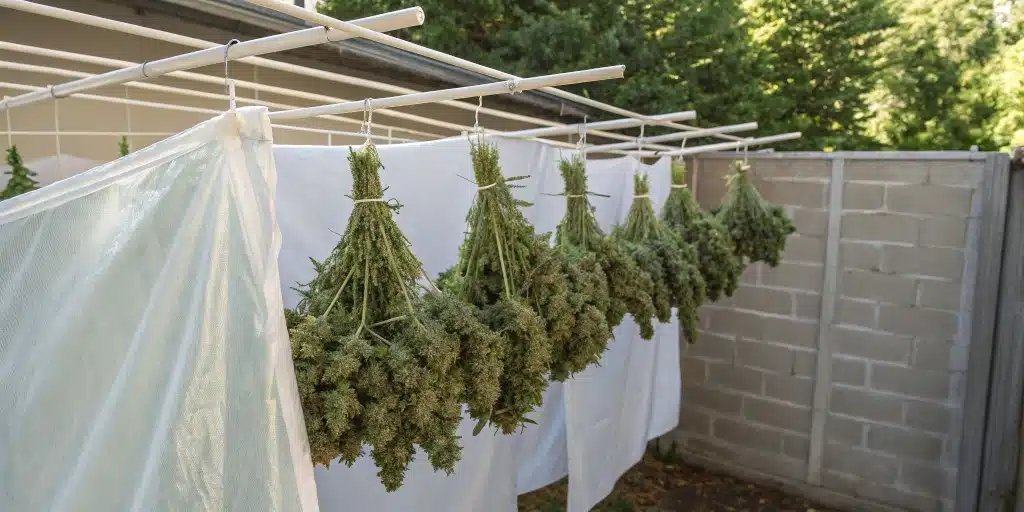
Drying buds outside: Essential Tips for Quality Cannabis
Preparing for Outdoor Bud Drying
Selecting a Suitable Location
Choosing the right spot is the first step in drying buds outside. A location with gentle breezes and indirect sunlight works best for drying buds outside. It should be free of dust and contaminants while allowing natural air circulation. A sheltered porch or a shaded garden corner often meets these requirements, ensuring your cannabis is exposed to clean air. The location plays a key role in achieving a balanced drying process that preserves the plant’s aroma and flavor.
A well-chosen area minimizes the risk of sudden weather changes affecting your harvest. When drying buds outside, ensure the spot is stable and secure against unexpected rain or wind gusts. Avoid areas that receive direct sunlight for long periods to prevent over-drying. A location with natural protection offers a controlled environment that lets your buds dry slowly, retaining their quality and essential oils throughout the process.
Recommended Strains
Acapulco Gold
|
|
THC | 15% - 19% (Medium) |
|
|
Type | Feminized |
|
|
Yield | Medium |
|
|
Phenotype | 30% Indica / 70% Sativa |
Acapulco Gold Autoflower
|
|
THC | 20% - 24% (Medium) |
|
|
Type | Autoflowering |
|
|
Yield | Medium |
|
|
Phenotype | 30% Indica / 70% Sativa |
Cleaning and Pruning Buds
Before starting, carefully trim and clean your cannabis buds. Removing extra leaves and stems not only enhances the aesthetic but also speeds up the drying process when drying buds outside. Trim away damaged parts and ensure that each bud is free of dust. A clean starting point reduces the chances of mold and other issues during drying. The process should be done gently to avoid bruising the delicate material, which can impact overall quality.
Proper pruning also improves air circulation around each bud. When drying buds outside, well-pruned flowers dry more uniformly and retain their natural aromas. Take your time with this step to ensure that every bud is properly prepared. Clean, carefully pruned buds are less likely to retain moisture, which is vital for maintaining potency and flavor during the outdoor drying process.
Promos & Deals
Environmental Considerations for Outdoor Drying
Temperature and Humidity Control
The environment is key when drying buds outside. Consistent temperature and controlled humidity are vital for a successful drying process. The best results are seen in moderate climates where temperatures stay between 60°F and 70°F. High humidity can slow down drying, while extremely low humidity might make the buds too brittle. When drying buds outside, consider using simple tools like a hygrometer to monitor conditions continuously, ensuring that the process remains smooth and efficient.
Monitoring weather forecasts is essential to avoid unexpected shifts in temperature or humidity. Sudden changes can affect the drying pace and quality of your cannabis. If conditions worsen, consider moving your buds indoors temporarily to maintain optimal drying conditions. Keeping a close eye on environmental factors ensures that your method of drying buds outside consistently produces high-quality cannabis with the ideal moisture level and flavor retention.
Protecting from Direct Sunlight
Direct sunlight can be harmful during the drying process. When drying buds outside, it is important to avoid direct exposure to the sun, which can cause the delicate trichomes to degrade and reduce overall potency. Instead, choose a spot that receives filtered or indirect sunlight. Overexposure to harsh rays might lead to over-drying or a loss of vibrant flavors in your cannabis. The ideal approach is to keep buds in a naturally shaded area that still benefits from gentle sunlight and warmth.
Using a simple shade cloth or placing the buds under a tree can help protect them from intense light. When drying buds outside, ensuring that they are kept out of direct sunlight preserves the natural oils and flavors. This practice also helps maintain a consistent drying rate, preventing any sudden changes in texture or potency. Shielding your harvest from harsh sunlight is a straightforward yet effective measure to keep your buds in top condition.
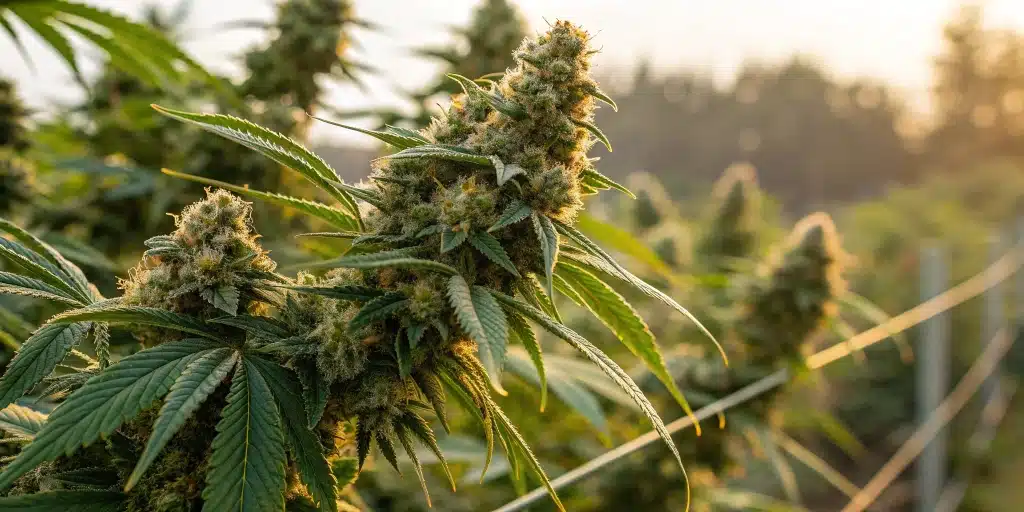
Setting Up an Outdoor Drying Area
Creating a Well-Ventilated Space
A proper outdoor drying area is essential for the success of drying buds outside. An open, well-ventilated space ensures that moisture escapes from the buds, reducing the risk of mold. When setting up your area, choose a spot that benefits from natural airflow without being too windy. A covered patio or a shed with open sides can provide the ideal balance between protection and ventilation. A steady flow of fresh air is critical for maintaining the integrity of your cannabis during the drying process.
Organizing your drying area can be as simple as setting up a few tables or hangers in the selected spot. Good ventilation accelerates the drying process and keeps the buds evenly dried. Ensure that the setup allows air to circulate freely around each bud. By creating a well-ventilated space, you optimize your method of drying buds outside and reduce the risk of developing unwanted moisture-related issues that could compromise the quality of your harvest.
Using Racks, Lines, or Mesh
Implementing the right drying method is a key component when drying buds outside. Options such as racks, clotheslines, or mesh screens are popular and effective for hanging buds to dry naturally. These tools help maintain good airflow around every bud, which is essential for uniform drying. Hanging your buds using a simple rack system keeps them off the ground, reducing the risk of contamination. Each method offers its own benefits, and selecting the right one depends on your available space and specific drying needs.
A rack system also simplifies the process of monitoring and rotating buds for even drying. When drying buds outside, using a combination of lines or mesh can help you organize your space efficiently. Ensure that whatever method you choose provides stable support so that buds are not crushed or bunched together. Properly spaced setups guarantee that every bud dries consistently, preserving flavor, potency, and overall quality throughout the outdoor drying process.
Monitoring the Drying Process
Regularly Checking for Mold and Moisture
Keeping a close watch on your drying buds outside is essential. Regular checks help you spot any signs of mold or excess moisture early in the process. Examine your buds daily to ensure they are drying uniformly. If you notice any damp spots or unusual discoloration, adjust your drying area or move the buds to a safer spot. Frequent monitoring allows you to address issues promptly and maintain a healthy environment for your cannabis.
Daily inspections can save your harvest from potential damage. When drying buds outside, even small changes in weather conditions can affect the drying rate and lead to mold if not managed properly. Keeping a detailed log of your observations helps you track the progress and adjust your setup as needed. This proactive approach minimizes risks and ensures that your cannabis remains potent and fresh throughout the entire outdoor drying process.
Determining When Buds Are Properly Dried
Knowing when your buds are ready is critical when drying buds outside. The ideal dryness is achieved when buds feel firm on the outside but still slightly flexible inside. This balance indicates that the moisture has been adequately reduced without over-drying. Testing a few buds by gently bending them can reveal if they have reached the perfect texture for storage. Timing is everything, and careful observation ensures that you stop the drying process at just the right moment.
Evaluating the condition of your buds requires attention to detail. When drying buds outside, look for signs like cracking stems or a dry, brittle texture as indicators that drying might be complete. However, each strain may dry at a slightly different pace, so regular monitoring is key. Once you determine that your buds have reached the desired level of dryness, you can prepare them for the next stage of post-drying care, ensuring maximum potency and flavor retention.
Post-Drying Care and Storage
Curing Techniques for Enhanced Flavor
After drying buds outside, the next step is curing to enhance flavor and aroma. Proper curing involves storing the dried buds in airtight containers for several weeks. This process allows the remaining moisture to distribute evenly, resulting in smoother, more flavorful cannabis. Open the containers daily for a few minutes to exchange air and prevent mold. This careful curing method helps maximize the potential of your harvest and preserves the unique qualities of your cannabis.
Curing transforms your dried buds into a high-quality final product. When drying buds outside, the curing stage is vital for locking in natural flavors and ensuring a mellow smoke. By using simple, consistent methods, you maintain the integrity of your cannabis while gradually improving its taste. The curing process is a gentle yet essential step that finalizes your efforts in drying buds outside, providing you with a refined, aromatic product that is ready for storage and future enjoyment.
Best Practices for Long-Term Storage
Once your buds are fully cured, proper storage is essential to maintain their quality. The easiest method is to store them in airtight jars in a cool, dark place. This storage technique protects your cannabis from light, heat, and humidity, preserving its potency and flavor over time. When drying buds outside, transferring them to a controlled environment after curing is key. Make sure to check the jars periodically to ensure that no moisture builds up inside, which can lead to mold.
Long-term storage should be simple and effective. Maintaining a steady temperature and minimal light exposure keeps your cannabis fresh for extended periods. Organize your storage area so that the jars are not stacked too high, allowing for proper air circulation. By following these best practices, you safeguard the quality of your harvest, ensuring that your carefully dried buds remain potent, flavorful, and ready for consumption whenever needed.
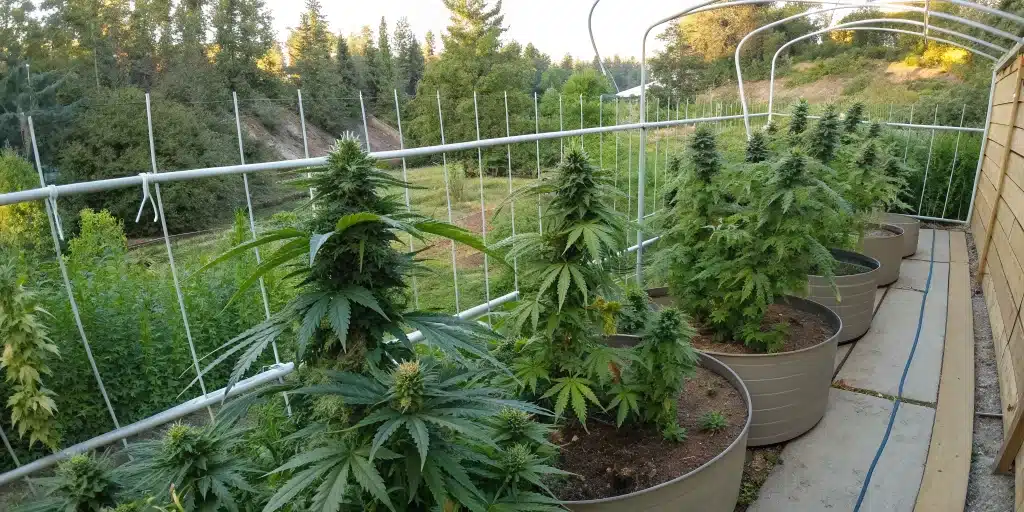
FAQs about drying buds outside
What factors determine if drying buds outside is effective?
Drying buds outside is effective when conditions such as moderate temperatures, low humidity, and adequate air circulation are met. These factors ensure that moisture is removed slowly and evenly, preserving the buds’ flavor and potency. Regular monitoring is essential to prevent mold and over-drying. Ensuring a protected, shaded area further contributes to the success of drying buds outside, resulting in high-quality cannabis ready for curing and long-term storage.
How long does it take for buds to dry outside properly?
The drying process outside can vary but typically takes between 5 to 10 days, depending on weather conditions. Consistent temperature, humidity, and airflow are key to achieving the ideal texture. Regular checks for moisture and mold are important to ensure buds dry evenly without over-drying. Using proper techniques for drying buds outside guarantees that the final product maintains its potency and flavor, preparing it well for the subsequent curing stage and optimal long-term storage.
What precautions should be taken when drying buds outside?
When drying buds outside, choose a shaded, well-ventilated area away from direct sunlight and harsh weather conditions. Regularly monitor the buds for any signs of mold or moisture buildup. Ensure that the drying area is free from contaminants and sudden temperature changes. These precautions help maintain the quality and potency of the cannabis. Employing these careful measures while drying buds outside results in a balanced, evenly dried product ready for effective curing and storage.


